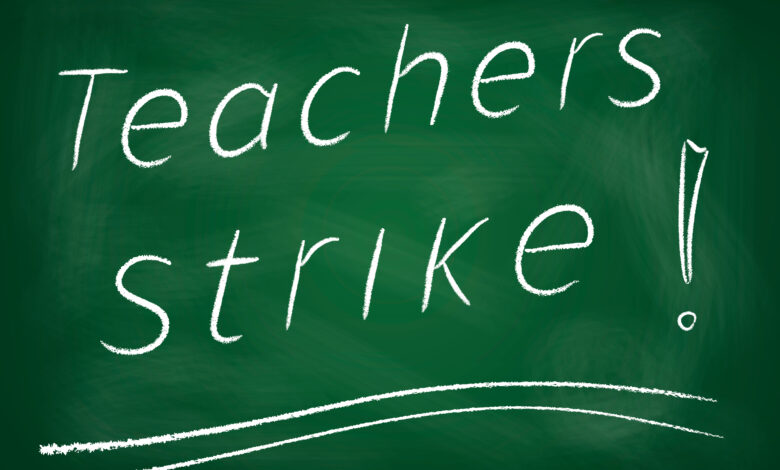
Secondary teachers have decided that if there is still no satisfactory progress with their collective agreement negotiations over the next five weeks, they will hold a national one-day strike on Thursday 16 March.
Read the latest edition of School News magazine HERE
“After three years of constant disruption, secondary teachers would love nothing more than a settled 2023 for our students and ourselves,” says PPTA Te Wehengarua acting president Chris Abercrombie. “We have been in negotiations for a new collective agreement since May last year so there has been plenty of time for the Government to make us an acceptable offer. Sadly, that hasn’t happened.”
PPTA’s 20,000 members want salaries increased to match inflation, more guidance staff to work with increasing numbers of rangatahi struggling with mental health and societal issues, greater recognition of kaiako Māori, and effective controls on workload.
Abercrombie said the shortage of secondary teachers was worsening. “Improvements to both teacher salaries and working conditions are essential to keep experienced and skilled teachers in the job, attract top graduates to become secondary teachers and encourage thousands of ex-teachers to return to the profession they left.
“Every secondary school student deserves a specialist teacher, someone who knows their subject inside out. However, schools are finding it more and more difficult to recruit subject specialist teachers and unless the Government pays secondary teachers more and ensures our workloads become manageable, the education of the next generation of secondary students will be seriously compromised. Our ākonga and our country deserve much better.”
To highlight the shortage of teachers and in protest at the lack of progress with negotiations, from the start of this school term PPTA members are refusing to give up their scheduled marking and planning time to cover classes for the lack of day relievers or because there are teacher vacancies that cannot be filled because no-one is applying for the jobs.
“Up until now, teachers’ goodwill has been used to mask the growing secondary teacher shortage. That is no longer an option. It is time for the Government to move away from insubstantial platitudes and to take the real and meaningful steps that are needed before the widening cracks in the system become a crisis.”









